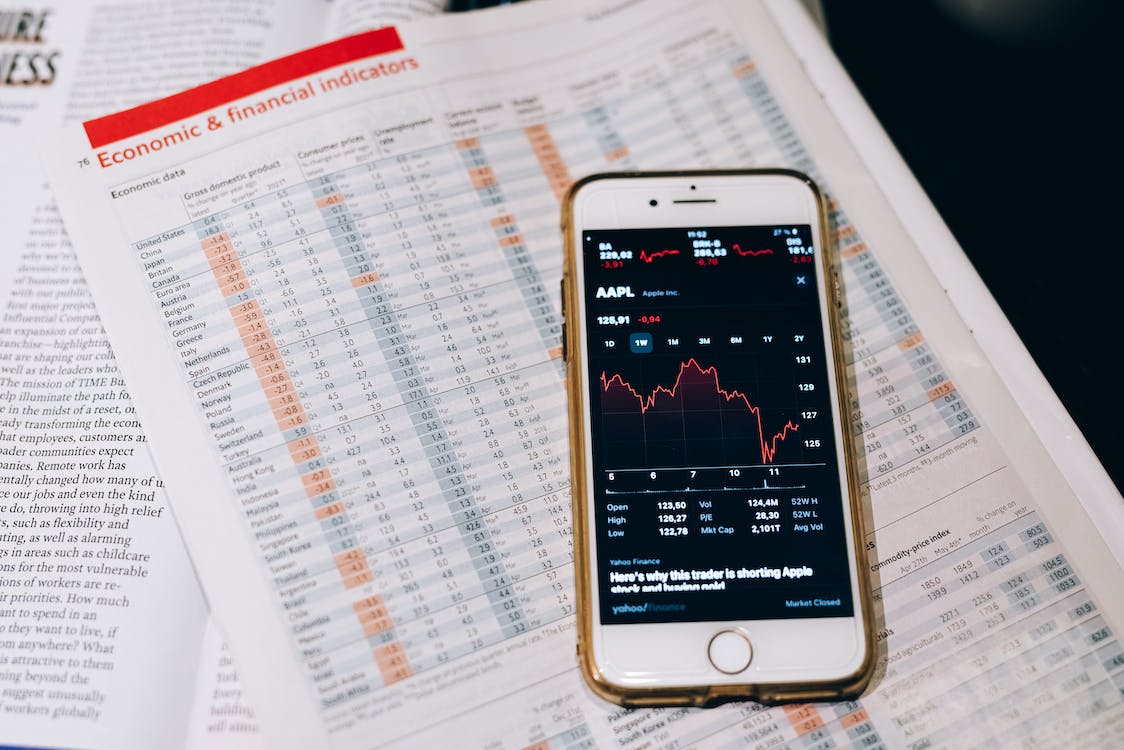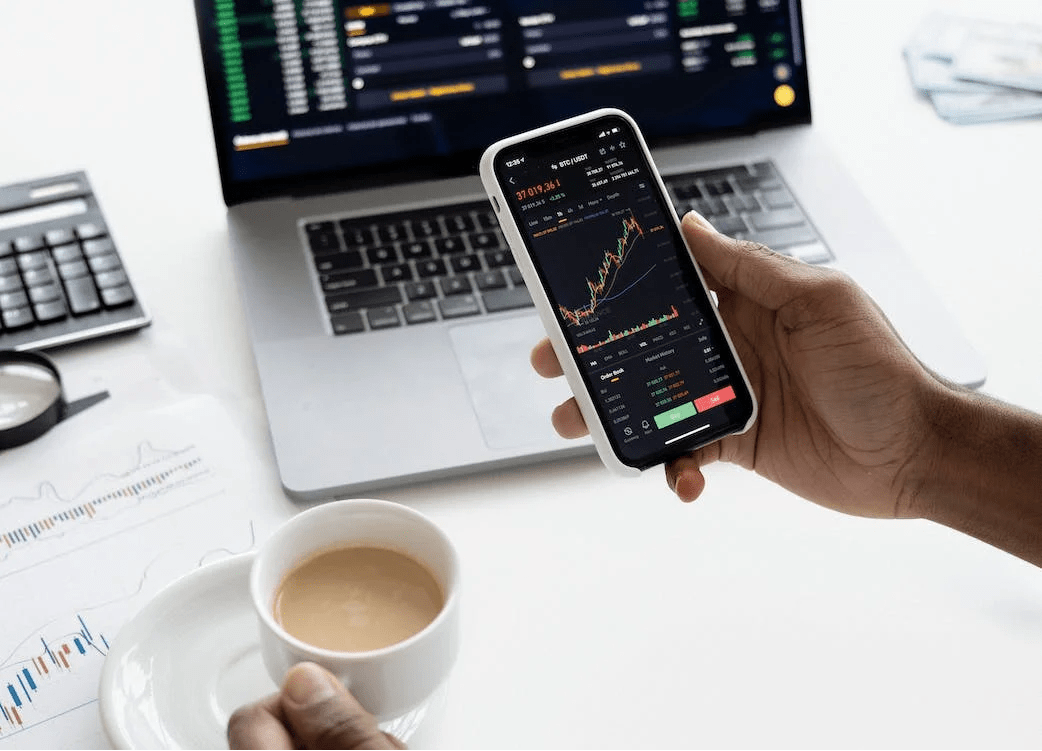In the market for a new Cost Basis solution? Confused about all the different options? You’re not alone! The good news is that this comprehensive guide will answer all your questions and help you get started. In our product reviews, we’ll compare the top solutions on the market. And in our tips section, we’ll teach you everything you need to know about Cost Basis – from setting up your account to tracking your investments. Let’s get started!
What Is Cost Basis?
The cost Basis is the original value of an asset for tax purposes. When you sell an asset, your capital gain or loss is calculated by subtracting the cost basis from the sale price. If you have a capital gain, you may be subject to paying taxes on that gain.
There are a few different methods for calculating cost basis, and the method you use will depend on the type of asset you’re dealing with. For example, stocks and mutual funds are typically sold using the First In First Out (FIFO) method, while real estate is usually sold using the Original Purchase Price method.
Why Is Cost Basis Important?
Cost Basis is important because it affects how much taxes you’ll owe when you sell an asset. If you have a low-cost basis, that means you didn’t pay much for the asset originally, so you’ll owe less in taxes when you sell it. On the other hand, if you have a high-cost basis, that means you paid more for the asset originally, so you’ll owe more in taxes when you sell it.
There are a few different ways to lower your cost basis. One way is to donate assets to charity. Another way is to wait until you’re in a lower tax bracket before selling (this only applies if your marginal tax rate is higher than your long-term capital gains tax rate). And finally, you can use a technique called “tax-loss harvesting” to offset capital gains with capital losses.
What Are the Different Methods for Calculating Cost Basis?
As we mentioned earlier, there are a few different methods for calculating cost basis. The most common methods are First In First Out (FIFO) and Original Purchase Price (OPP).
With FIFO, you assume that the first asset you bought is the first asset you sold. So, if you bought 100 shares of XYZ stock at $50 per share and then bought another 100 shares of XYZ stock at $60 per share, your cost basis would be $5000 (100 x $50). If you then sold 200 shares of XYZ stock at $70 per share, your capital gain would be $2000 ($70 – $50).
With OPP, you use the original purchase price of the asset regardless of when you bought it. So, using the same example as above, your cost basis would be $6000 (100 x $60) and your capital gain would be $1000 ($70 – $60).
There are a few other methods for calculating cost basis, but these are the two most common.
How Do I Track My Cost Basis?
If you’re manually tracking your cost basis, you’ll need to keep records of every purchase and sale. This can be a tedious task, especially if you have a lot of investments. Fortunately, several software programs can help you track your cost basis.
Some brokerage firms will also track your cost basis for you. However, it’s important to note that they may use a different method than you would, so it’s always a good idea to double-check their calculations.




